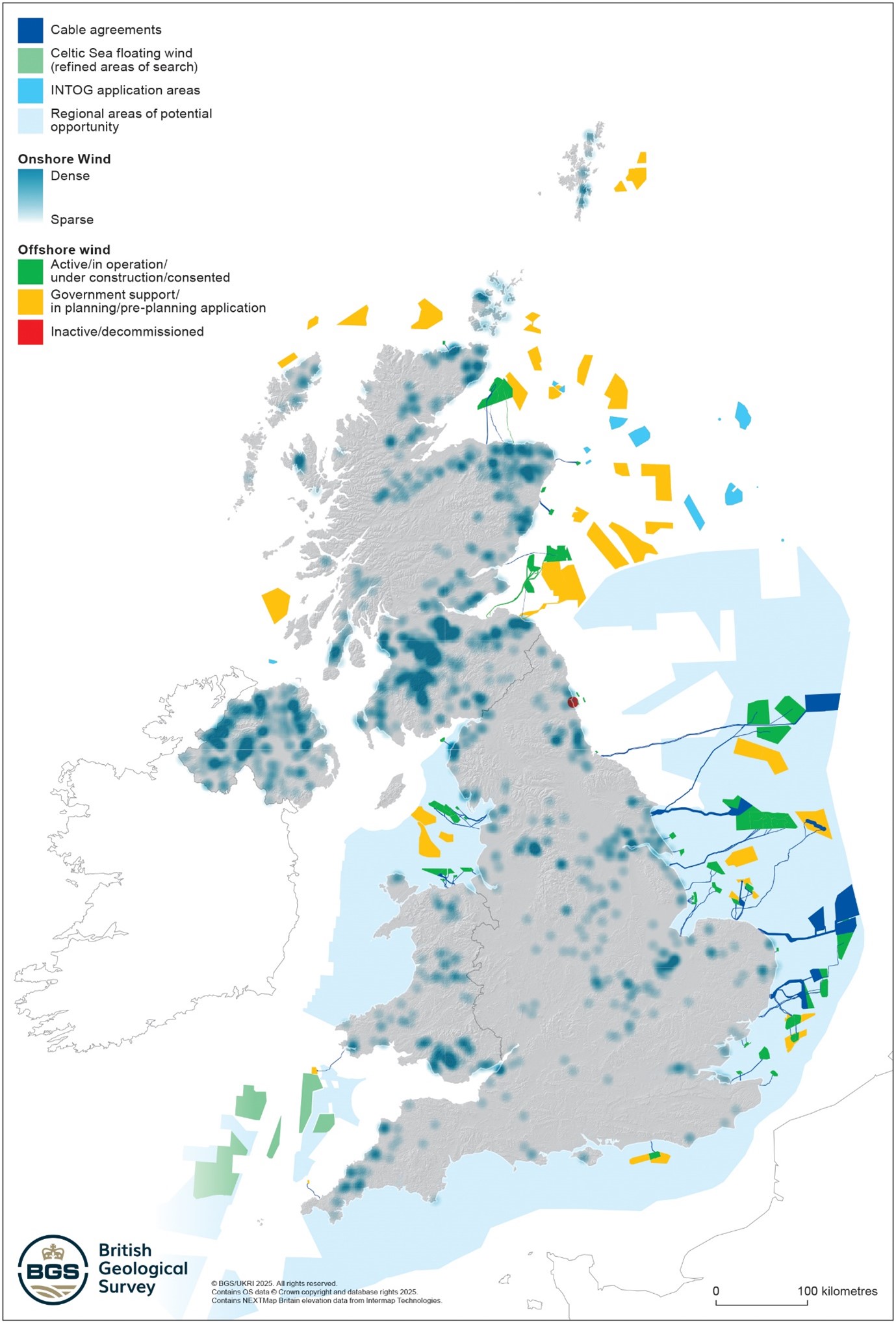Goldilocks zones: ‘geological super regions’ set to drive annual £40 billion investment in jobs and economic growth
Eight UK regions identified as ‘just right’ in terms of geological conditions to drive the country’s net zero energy ambitions.
10/06/2025 By BGS Press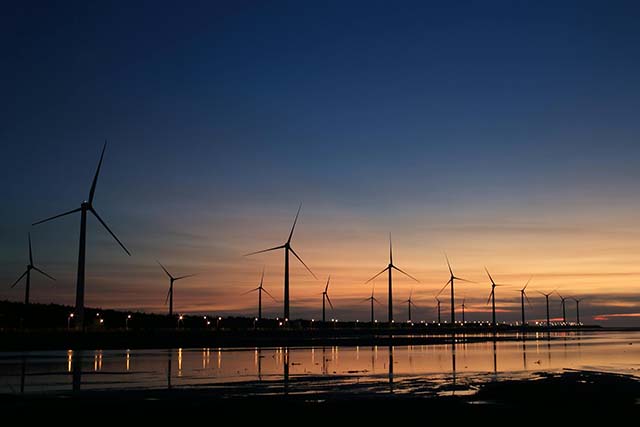
Decision makers across the UK are today considering new research that reveals areas of the subsurface with outstanding geological potential to boost economic growth. They will help unlock an estimated £40 billion of annual investment through clean power and energy-transition technologies. The findings identify eight ‘geological super regions’. These are the areas with a subsurface composition that is ‘just right’ to potentially host multiple energy-transition technologies, which will help deliver the UK’s net zero aspirations as presented in the Government’s Clean Power Action Plan.
Whilst other parts of the UK benefit from geology well suited to certain net zero technologies, such as shallow geothermal installations or critical minerals occurrences, these geological super regions contain subsurface formations and conditions that are favourable to multiple different technologies within a relatively small area. The geological super regions that could play a pivotal role in the application of sustainable energy production and decarbonisation are:
- Northern Ireland
- the Scottish Central Belt
- north-east England
- north-west England
- the South Yorkshire and Humber region
- the East Midlands and East Anglia
- South Wales
- south-west England
The subsurface has a vital role to play in the energy transition, acting as an enabler and helping deliver economic growth by providing:
- a sustainable heat source for geothermal energy
- geological formations for secure storage of energy and carbon dioxide (CO2)
- rocks containing important resources for mineral extraction
- suitable geological foundation conditions for onshore and offshore wind power infrastructure projects
The benefits of a stronger renewable sector for UK residents could include improved access to secure, affordable, sustainable energy and subsurface raw materials, contributing to economic prosperity and net zero targets for the UK.
The findings provide crucial insights for decision makers looking to target further research and maximise return on investment in the pursuit of a reliable and sustainable energy future for the UK. Whilst these eight regions display many of the right geological ingredients, further investigation will be required to fully establish each region’s true potential, ensure safe deployment of each technology, and understand any environmental impact.
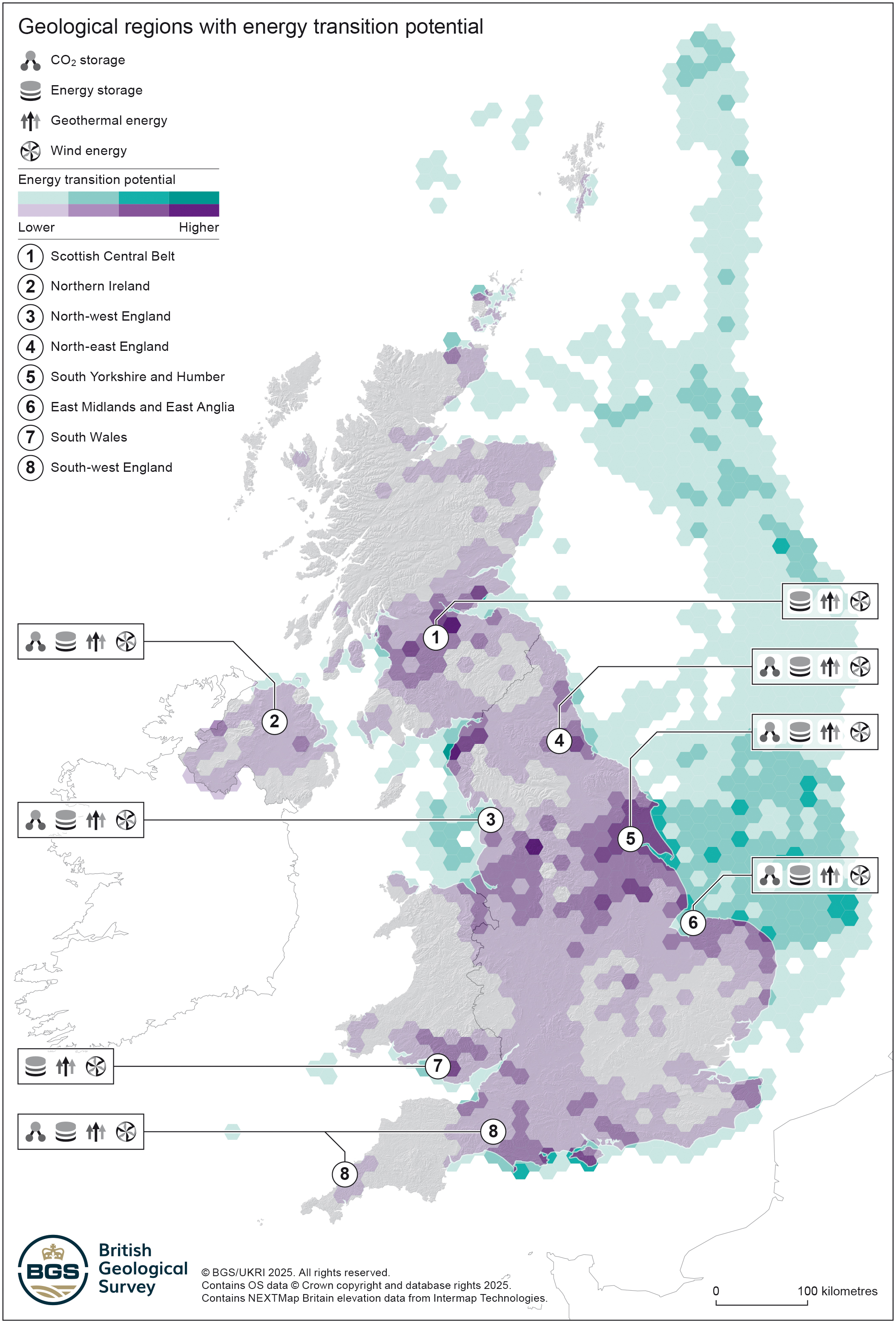
Geological regions with energy transition potential. © BGS/UKRI 2025. All rights reserved. Contains OS data © Crown copyright and database rights 2025. Contains NEXTMap Britain elevation data from Intermap Technologies.
The data underpinning this research has been shaped by our current understanding of the subsurface. In some cases, this data is weighted towards existing project development and there is also a correlation with UK industrial clusters. A few parts of the country, such as the north of Scotland and parts of Wales, have been less extensively surveyed and further research is required in order to fully assess their potential.
Matching subsurface technologies and favourable geological conditions is essential for identifying regions with opportunities for investment, providing a roadmap for the UK to reach net zero emissions and ensuring a reliable and sustainable clean energy future. These findings provide a clear and deployable roadmap for decision makers to direct resources to the areas where they can deliver the greatest impact and support the Government’s target of creating 650 000 jobs through renewable energy by 2030.
Much of the UK’s subsurface can support at least one of the energy-transition technologies assessed, but what makes these geological super regions stand out is their versatility and potential to host multiple net zero technologies.
Work still lies ahead to accurately map these subsurface regions and BGS is uniquely positioned to undertake such investigations due to our national remit, recognised geological expertise and national geological data holdings.
Michelle Bentham, BGS Chief Scientist for decarbonisation and resource management.
Geology is a complex and diverse natural resource. Its variable characteristics have the potential to support multiple net zero technologies. Strategic planning and careful management will be vital to ensure safe and secure deployment, especially in locations where technologies may co-exist, whilst also protecting the surrounding environment for future generations.
Regional summaries and maps
| Region | Summary |
|---|---|
| Northern Ireland | The geology of Northern Ireland is remarkably diverse, with rocks spanning over 600 million years of Earth’s history. These rocks offer promising energy transition opportunities to deliver major geothermal, carbon capture and storage (CCS) and energy storage projects in regional sedimentary basins and extensive volcanic strata – whilst supporting major onshore wind development opportunities. Northern Ireland also offers potential for broader renewable integration. |
| Scottish Central Belt | The Scottish Central Belt boasts a complex geology which includes sedimentary reservoir rocks and significant igneous intrusions that provide opportunities to support the energy transition. Abundant geothermal resources, including abandoned coal mines, sit alongside energy storage and CCS opportunities, all underpinned by a legacy of subsurface data. Combined with its proximity to urban centres, the region is well-positioned to become a hub for integrated, low-carbon energy solutions. |
| North-east England | North-east England’s offshore and onshore sedimentary basins provide favourable conditions for CCS, energy storage and geothermal projects. Established links with the Southern North Sea’s hydrocarbon industry and a history of legacy coal mining ensure the region is well placed to play a key role in the UK’s decarbonised energy future. |
| North-west England | The sedimentary rocks of north-west England offer significant geological energy-transition potential. CCS, energy storage and deep geothermal projects continue to appraise and further characterise the geological formations and depleted gas fields. The history of industrial activity, combined with existing energy infrastructure and legacy data, means north-West England is well placed to integrate low-carbon technologies, including hydrogen storage and geothermal heating, into a low-carbon energy pathway. |
| South Yorkshire and Humber region | The geology of the South Yorkshire and the Humber region possess strong geological energy transition potential. The nearby Southern North Sea basin offers prime opportunities for CCS and energy storage supported by existing pipeline infrastructure and industrial clusters. In addition, the region has significant opportunity for onshore and offshore wind power and geothermal energy projects. This combination of geological suitability and strategic location makes the region a key area for supporting the UK’s decarbonisation plans. |
| East Midlands and East Anglia | The sedimentary basins of the East Midlands and East Anglia region hold significant geological energy transition potential. The area’s geothermal resources present opportunities for low-carbon heat production using deep aquifer systems. Additionally, the region’s proximity to the North Sea supports CCS, and emerging hydrogen production and storage projects, positioning it as a key player in the UK’s decarbonisation efforts. |
| South Wales | South Wales has significant geological potential to support the UK’s energy transition. The region’s sedimentary basins offer opportunities for energy storage and geothermal whilst the former coalfields provide potential sites for geothermal mine water projects. Combined with strong renewable energy infrastructure and industrial clusters, the geology can support a diverse and integrated low-carbon energy future. |
| South-west England | South-west England has significant deep geothermal resources offering opportunities for sustainable heat and power generation. The region’s sedimentary basins provide potential sites for CCS, energy storage and geothermal projects. When considered alongside the promising renewable energy prospects, especially for wind power and tidal energy the region is well placed to support the UK’s decarbonisation plans. |
Distribution maps by energy transition technology
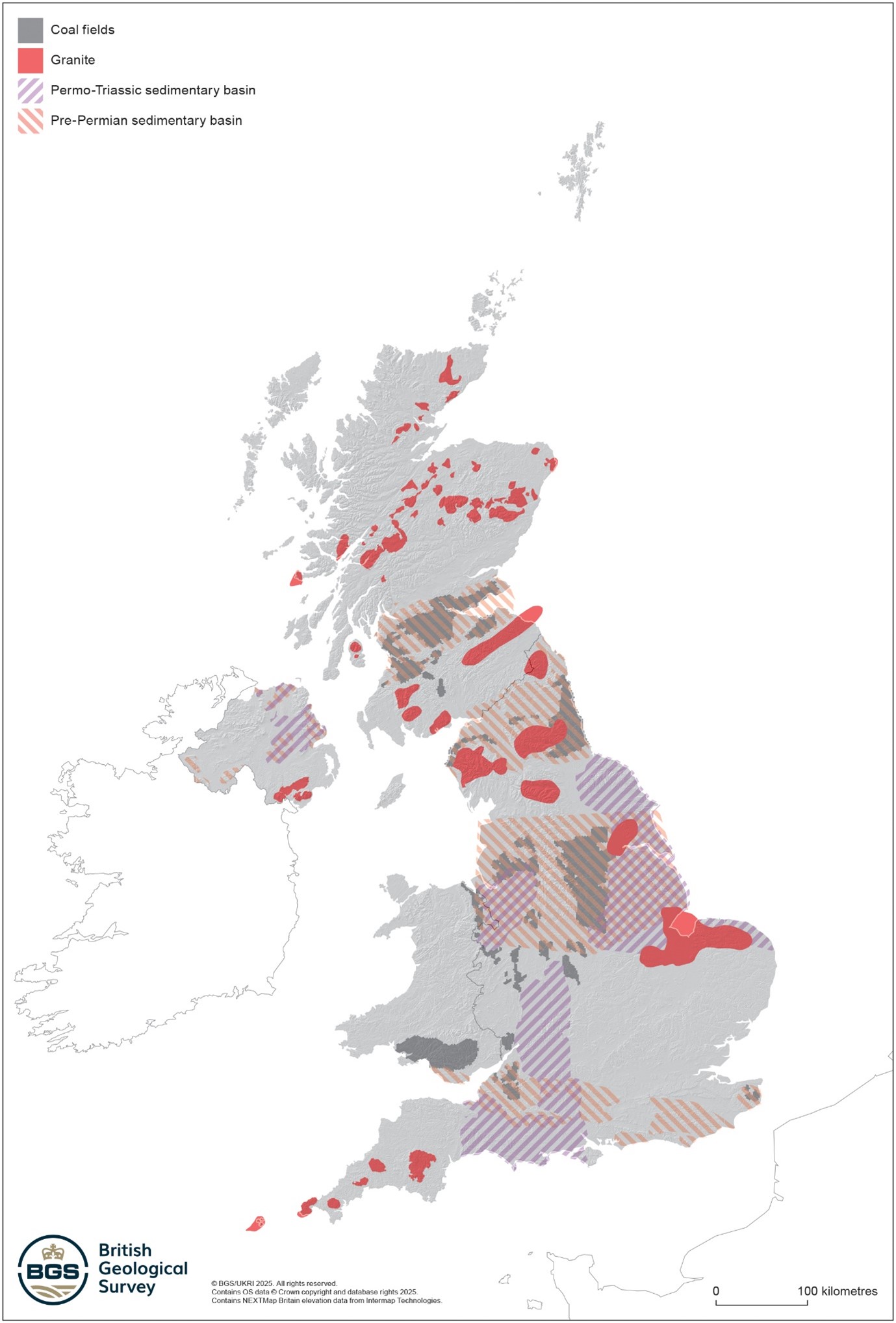
Distribution of geological units supporting potential UK deep geothermal projects across the UK for hot sedimentary aquifers from legacy BGS studies and for engineered geothermal systems in granite. © BGS/UKRI 2025. All rights reserved. Contains OS data © Crown copyright and database rights 2025. Contains NEXTMap Britain elevation data from Intermap Technologies.
Note for geothermal: other geothermal areas may have potential for geothermal energy with less dependency on geology (for example, shallow closed loop, reservoir-independent deep geothermal) The coalfield consultation area (from Mining Remediation Authority © MRA 2025) is also shown for lower temperature mine-water heat possibilities. Coalfield data for NI is not currently part of this research but could form part of further investigation work. Note that the map only shows the extent of the sedimentary basins, coalfields and granite intrusions, it does not show the areas with the greatest potential for geothermal energy. There is great variability in terms of reservoir properties, temperatures and structures within the extents displayed as well as ‘drillability’ of the overlying rocks.
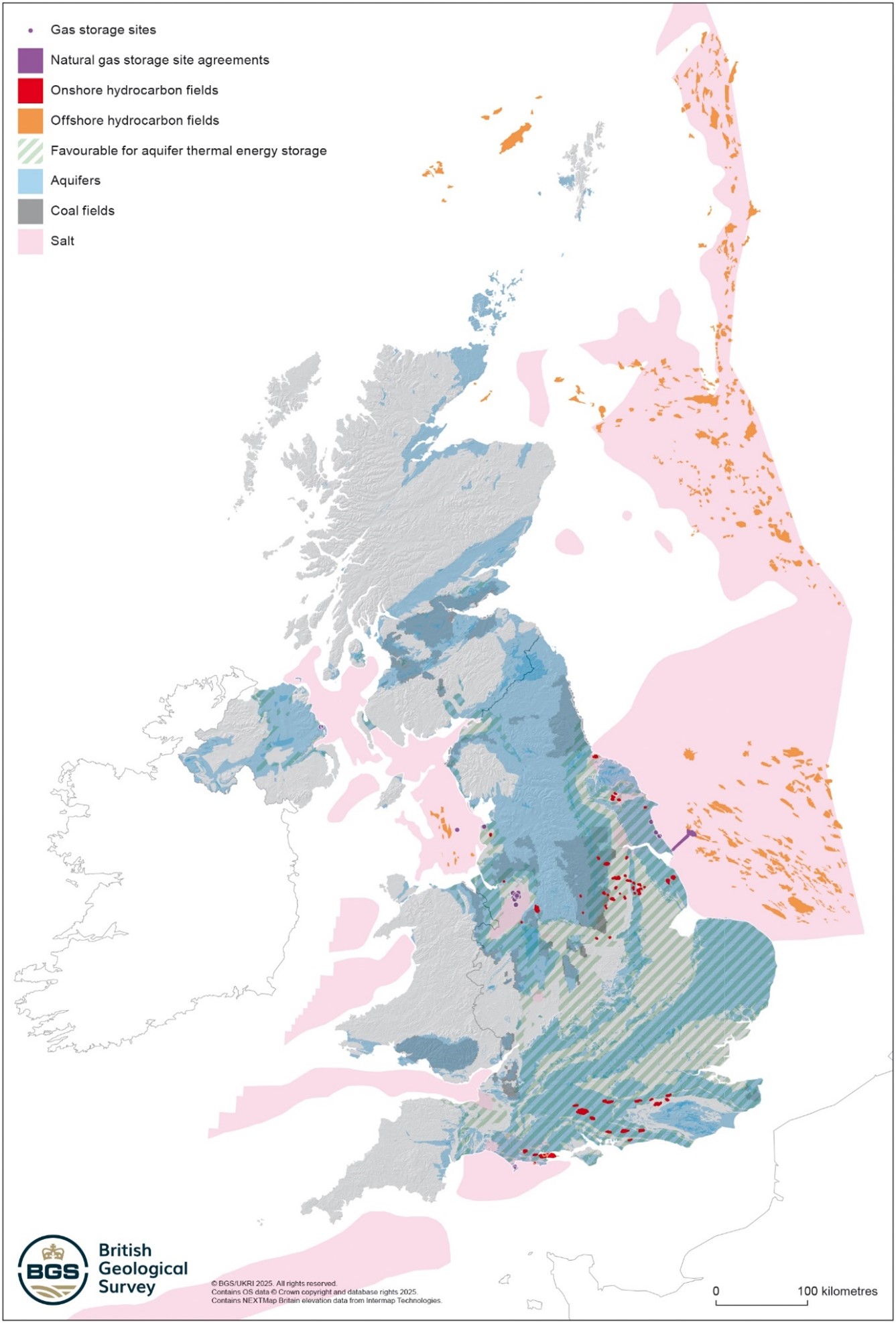
Distribution of geological units supporting potential UK energy storage projects. © BGS/UKRI 2025. All rights reserved. Contains OS data © Crown copyright and database rights 2025. Contains NEXTMap Britain elevation data from Intermap Technologies.
Relative topics
Notes to editors
Geological formations in the subsurface facilitate carbon capture and storage (CCS) by providing space to securely sequester carbon dioxide (CO₂) emissions, mitigating the impact of industrial activities.
Geological units also enable large-scale energy storage, including temporary compressed air and hydrogen storage in underground caverns and porous rocks, which offer critical grid and energy stability.
Thermal storage in geological reservoirs stores excess heat or cold for later use, increasing energy efficiency, whilst geothermal energy harnesses the Earth’s heat for clean electricity and direct heating, offering a consistent and renewable energy source.
Together, these subsurface applications are integral to achieving a sustainable and resilient net-zero energy system.
Renewable energy options are also dependent on the structure and conditions of the subsurface. Examples include facilitating offshore wind energy by anchoring wind turbines to the seabed and enhancing structural stability and enabling onshore wind power by providing suitable conditions to support turbines and associated infrastructure.
Energy storage helps build resilience and mitigate the risks of fluctuating power generation that is associated with technologies like wind and solar. Energy storage formations convert excess energy into storage media such as hydrogen synthetic natural gas, compressed air or thermal energy, which can be stored in reservoirs within the subsurface. Like CCS, energy storage relies on specific geological formations including salt caverns, depleted hydrocarbon fields, porous formations, abandoned mines and aquifers.
Wind energy provides a clean alternative to fossil fuels that can take advantage of the UK’s abundant wind resources. The UK currently has an installed capacity of 13.9 GW from offshore and 15 GW from onshore installations. In July 2024 the UK Government committed to quadrupling and doubling these respective production figures by 2030. Geological subsurface maps are essential in planning foundations for turbines, especially in offshore developments.
Geothermal technologies utilise the energy of the Earth to provide power and heating as a renewable alternative to fossil fuels. The types of geothermal energy technologies that are proposed for the UK can generally be classed as shallow, deep and mine water. All three benefit from constant energy supply compared to other technologies like wind and solar. It has been estimated that deep geothermal resources alone could provide enough energy to satisfy the UK’s heating needs for at least 100 years.
Carbon capture and storage (CCS) involves capturing CO2 emissions from large point sources, such as power plants or cement works, or via direct air capture, and storing it within geological formations deep in the subsurface. CCS is regarded as a crucial element of the energy transition as it can significantly reduce emissions from hard to abate sources. This technology requires specific geological formations such as saline aquifers or depleted oil fields.
Related news

BGS welcomes publication of the UK Critical Minerals Strategy
23/11/2025
A clear strategic vision for the UK is crucial to secure the country’s long-term critical mineral supply chains and drive forward the Government’s economic growth agenda.

New funding awarded for UK geological storage research
21/11/2025
A project that aims to investigate the UK’s subsurface resource to support net zero has been awarded funding and is due to begin its research.
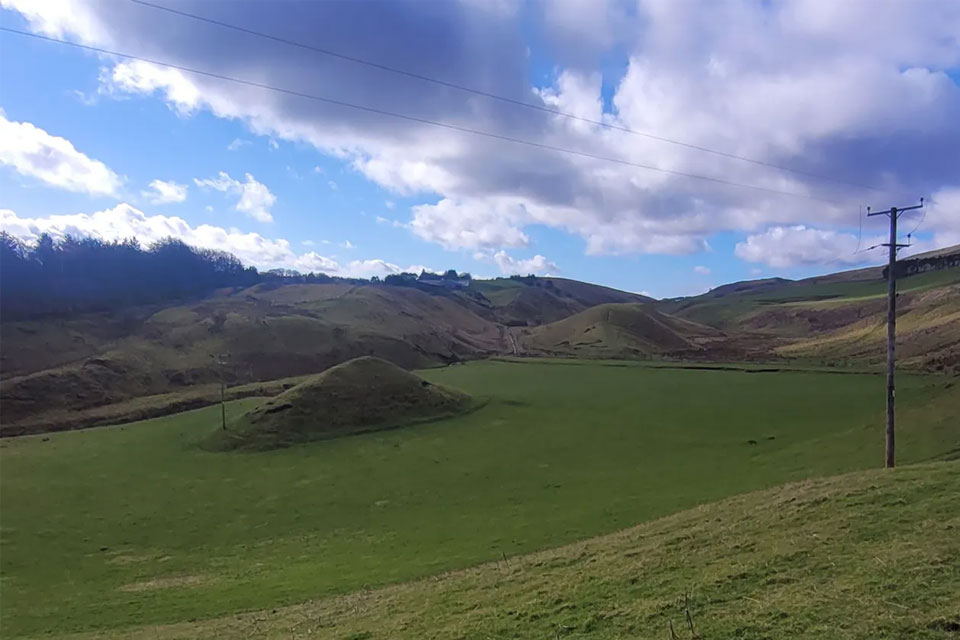
How the geology on our doorstep can help inform offshore infrastructure design
19/11/2025
BGS is part of a new collaboration using onshore field work to contextualise offshore data and update baseline geological models which can inform the sustainable use of marine resources.
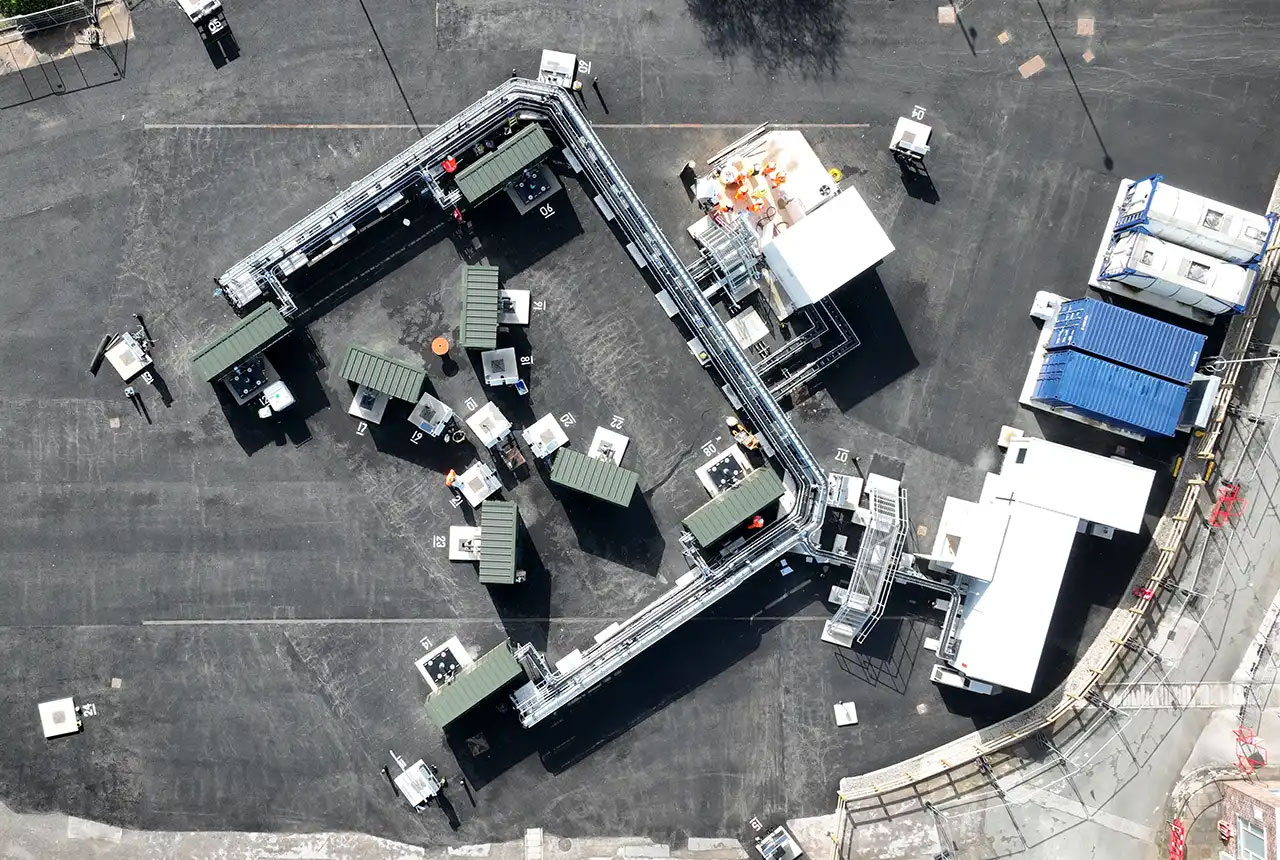
First distributed acoustic sensing survey completed at UK Geoenergy Observatory
12/11/2025
New research at the Cheshire Observatory has shown the potential for mapping thermal changes in the subsurface using sound waves.

World Cities Day: the geological story of our cities
31/10/2025
Understanding the rocks that underlie our towns and cities, the risks they can present and how they influence urban planning and redevelopment.
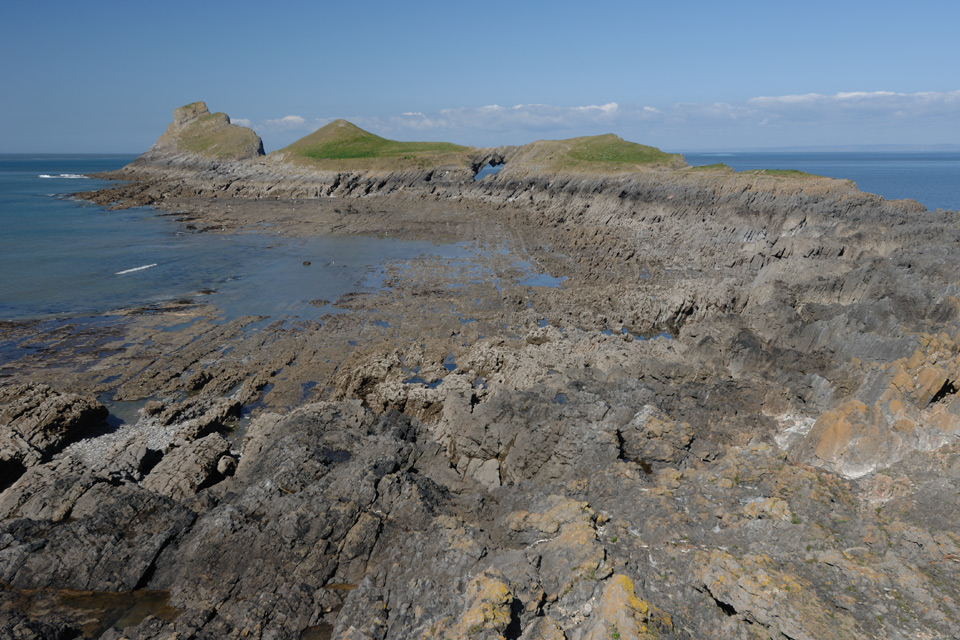
Extended seabed geology map of the Bristol Channel published
07/10/2025
BGS has released significantly extended high-resolution maps that will support offshore green-energy initiatives in the area.
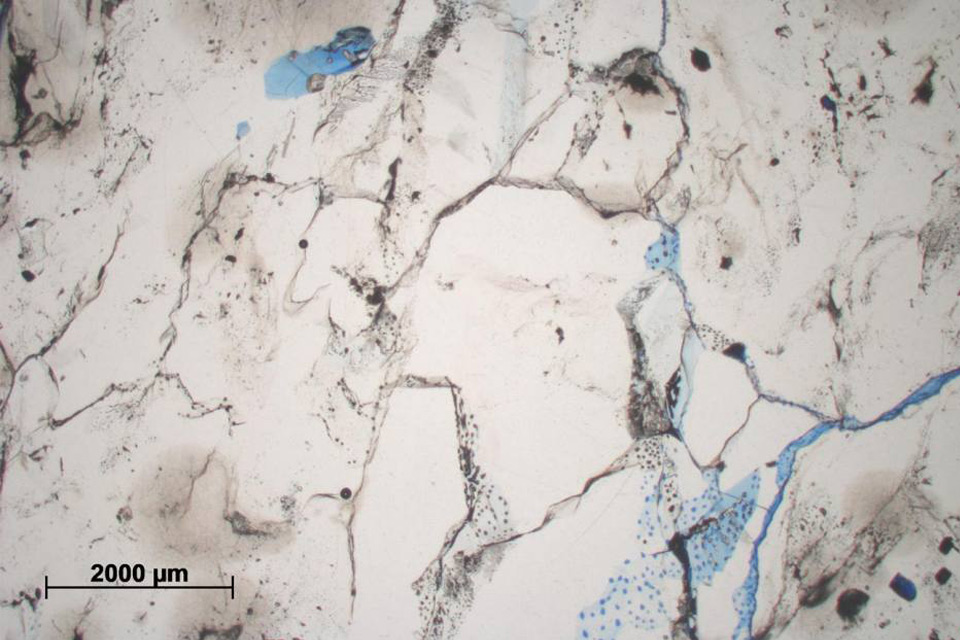
Funding awarded for study on hydrogen storage potential in North Yorkshire
22/09/2025
A new study has been awarded funding to explore the potential for underground hydrogen storage near the Knapton power plant.

New geological ‘pathways’ discovered beneath Welsh capital
02/09/2025
Scientists have discovered cavities in the clay underneath Cardiff, which will influence the siting of future geothermal developments.

New platform highlights geothermal potential across the UK
11/08/2025
A new government-funded geothermal initiative, which includes an interactive map, has launched to help decision makers assess the geothermal potential across the UK.
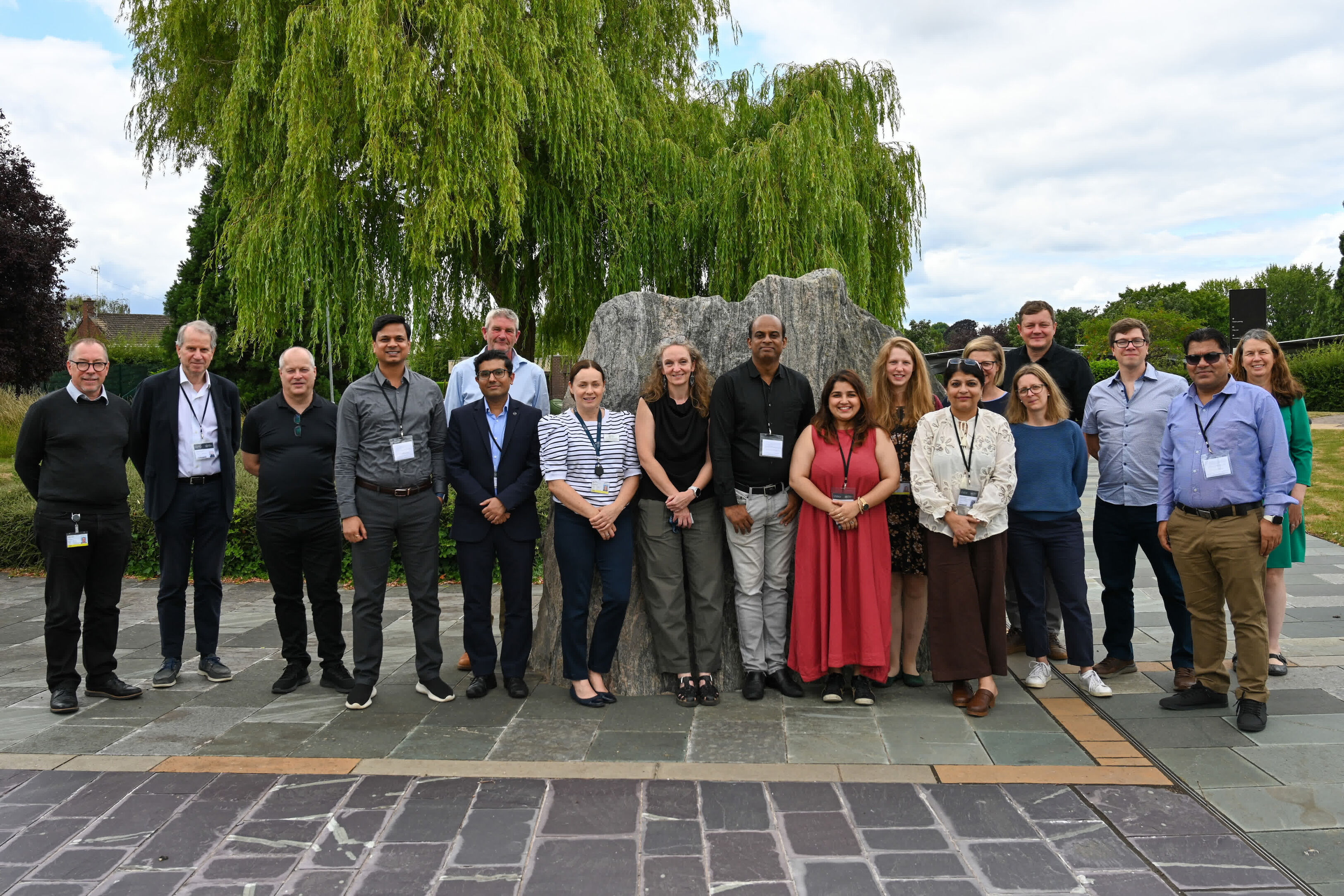
BGS hosts India for ‘deep dive’ on carbon capture and storage
30/07/2025
Some of India’s top scientists visited BGS to explore the UK’s carbon dioxide storage research potential.
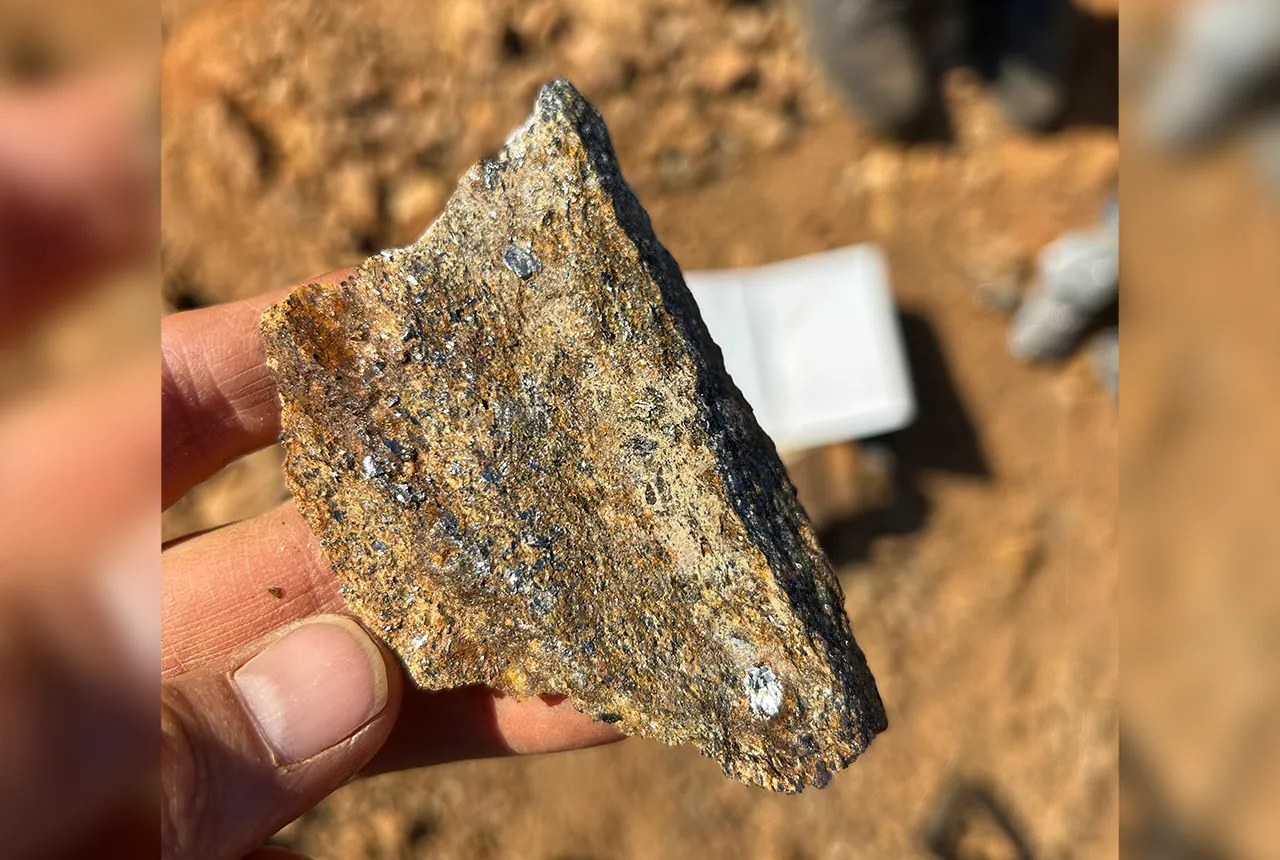
Zambia’s first critical minerals guide supports the country’s potential in global clean energy transition
18/07/2025
A new guide to Zambia’s critical minerals highlights the country’s current and potential critical mineral resources, including cobalt and lithium.

Funding awarded to UK/Canadian critical mineral research projects
08/07/2025
BGS is part of a groundbreaking science partnership aiming to improve critical minerals mining and supply chains.





